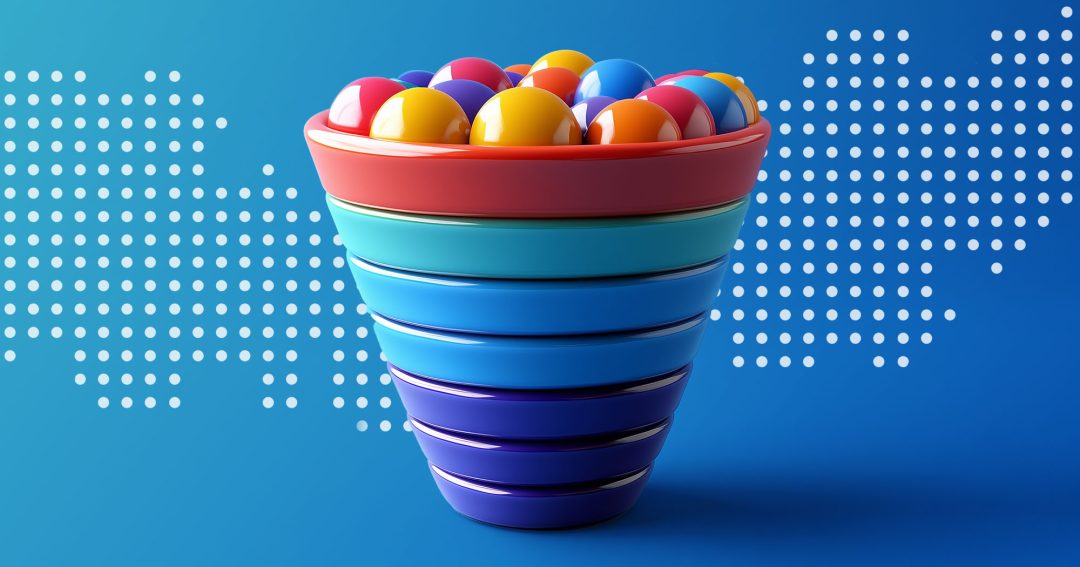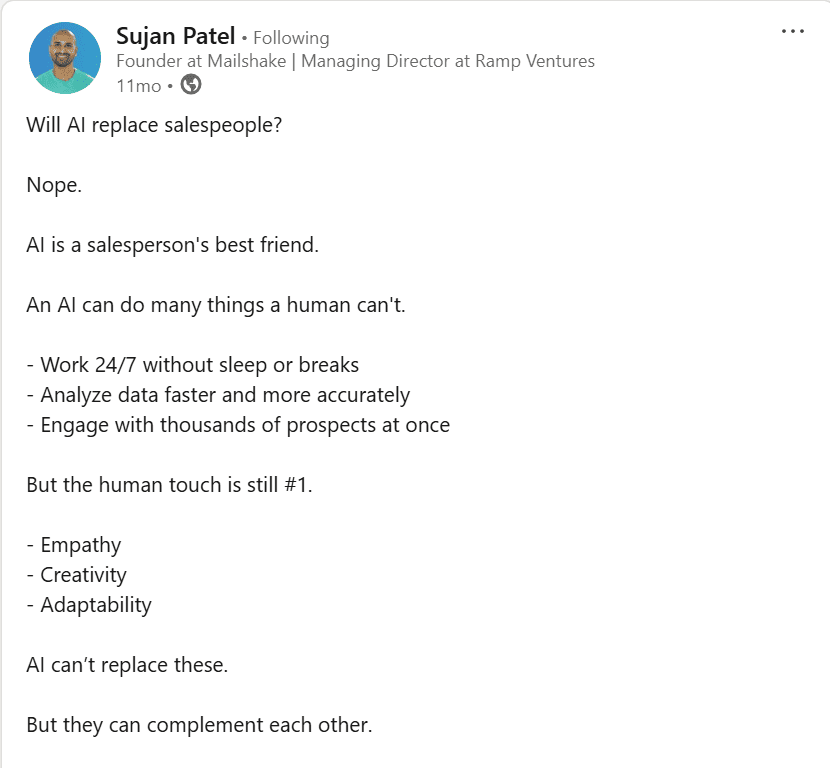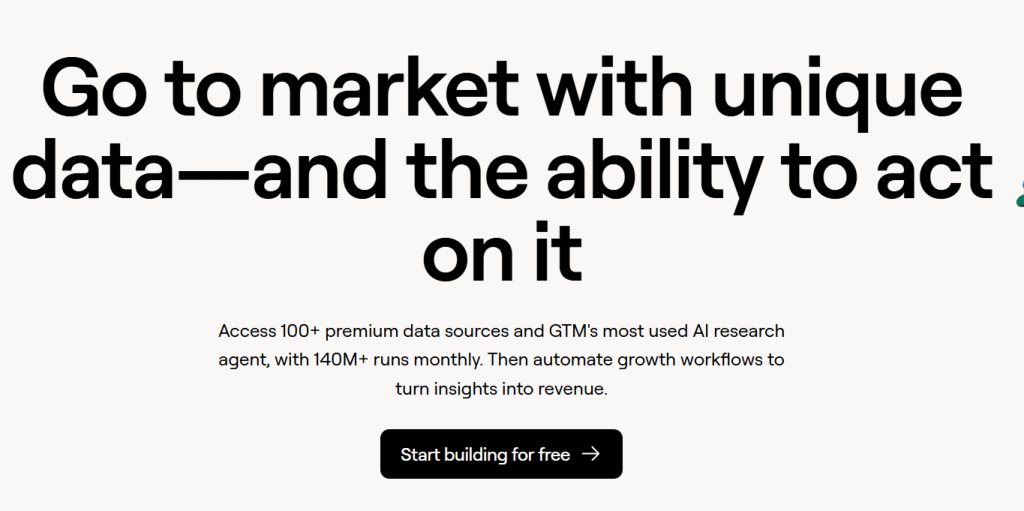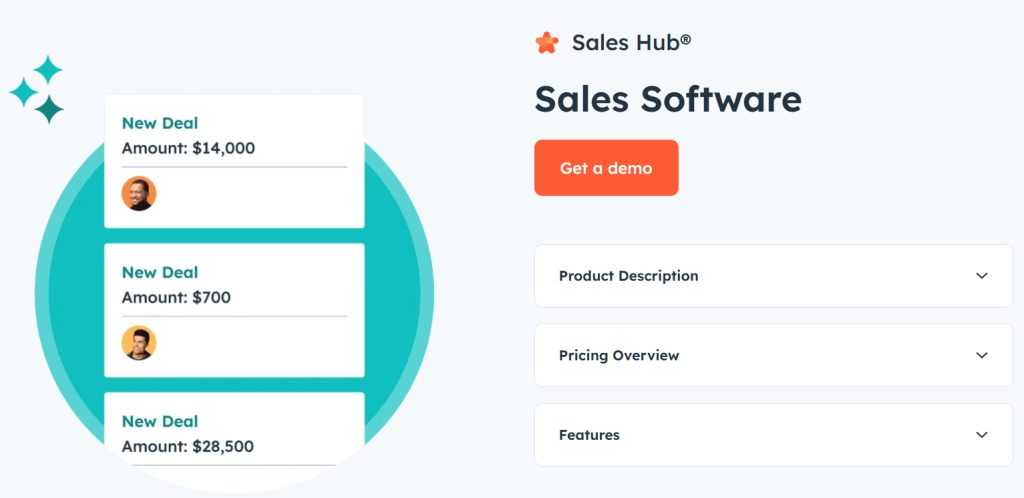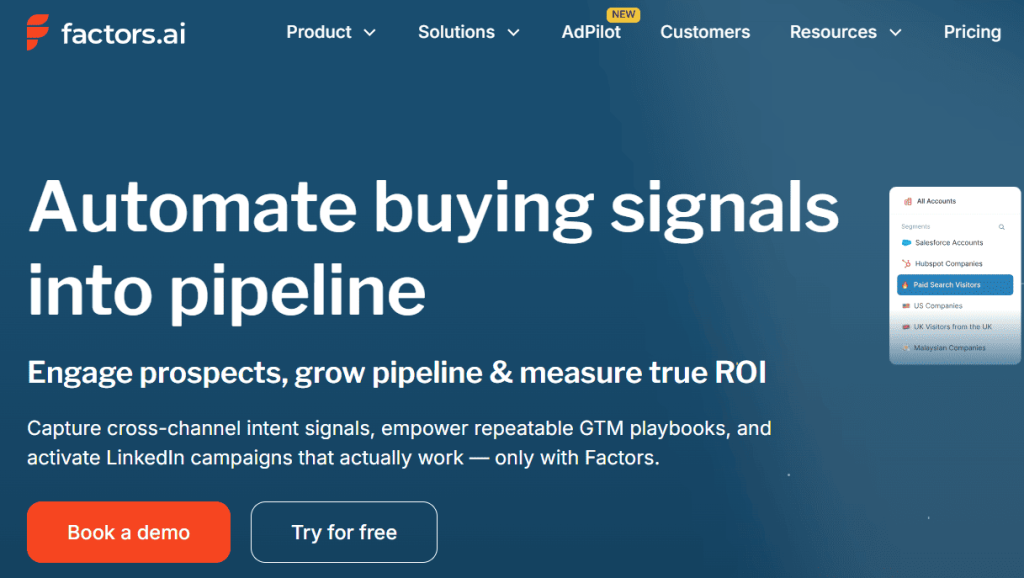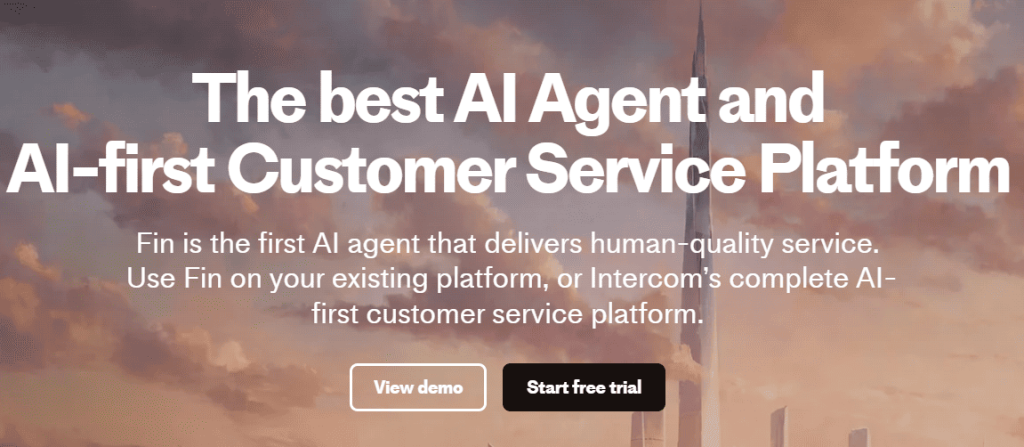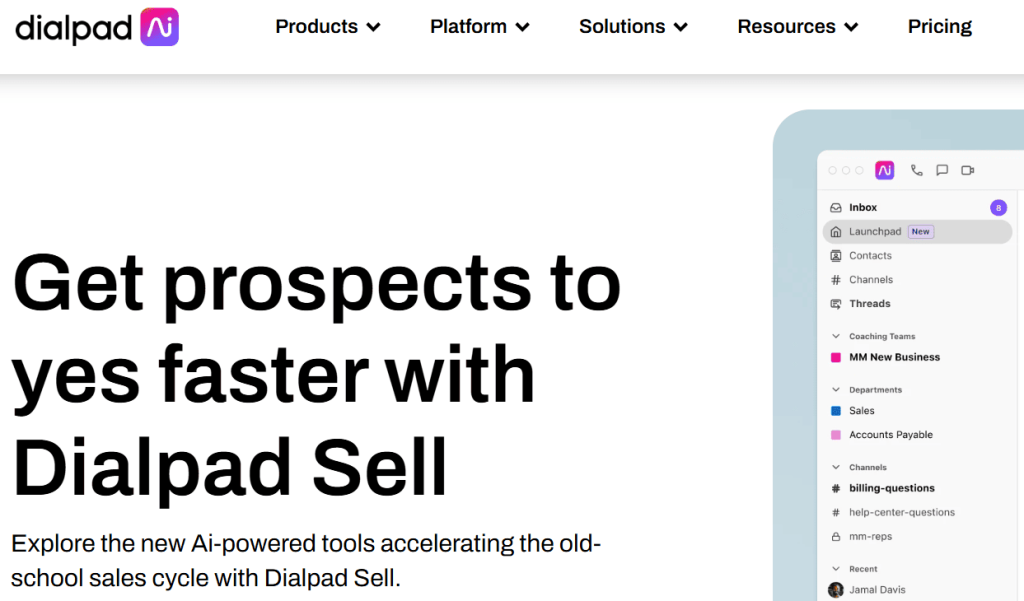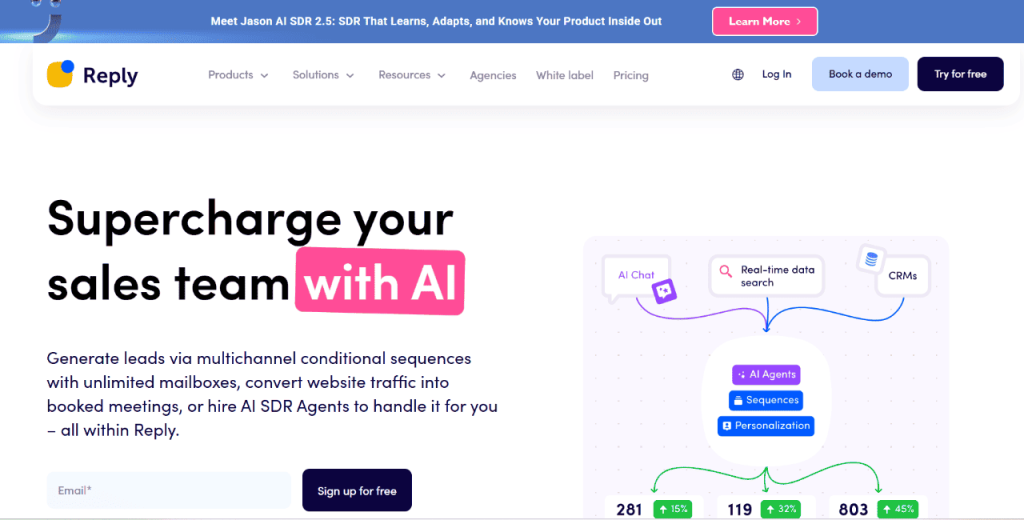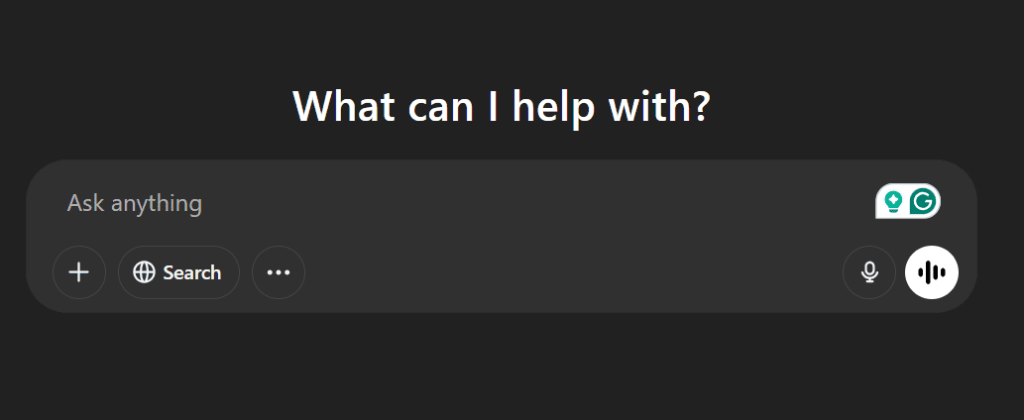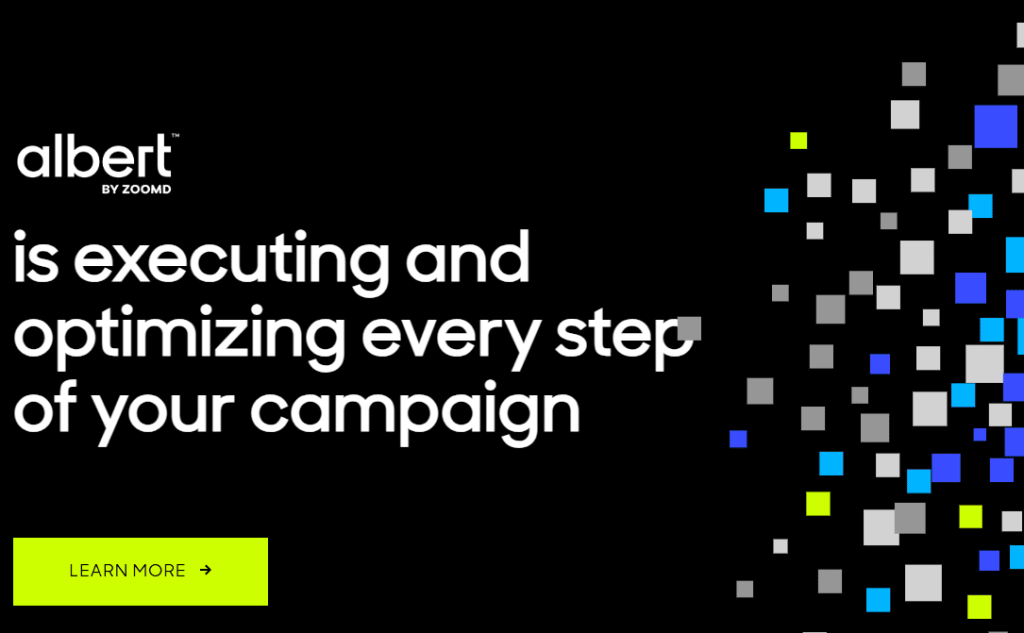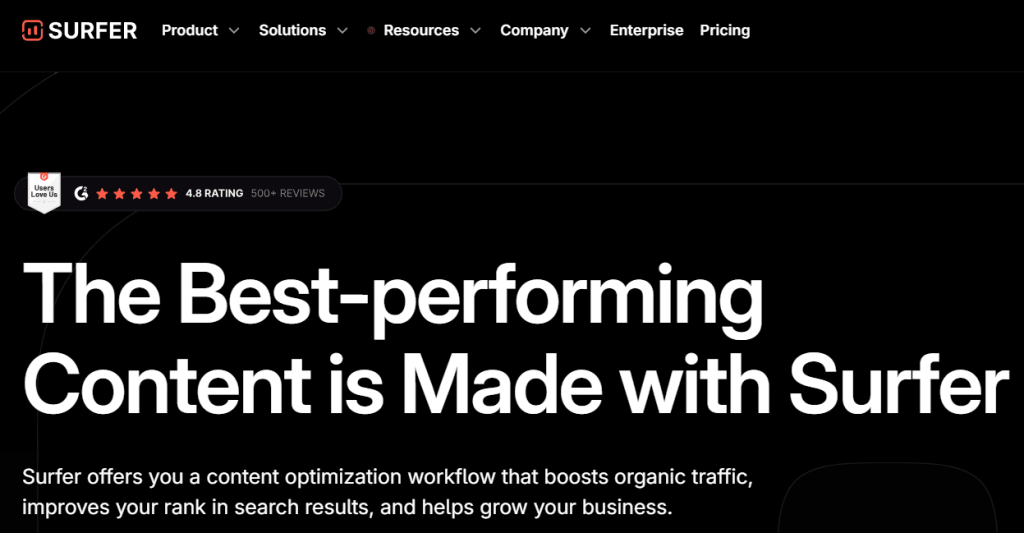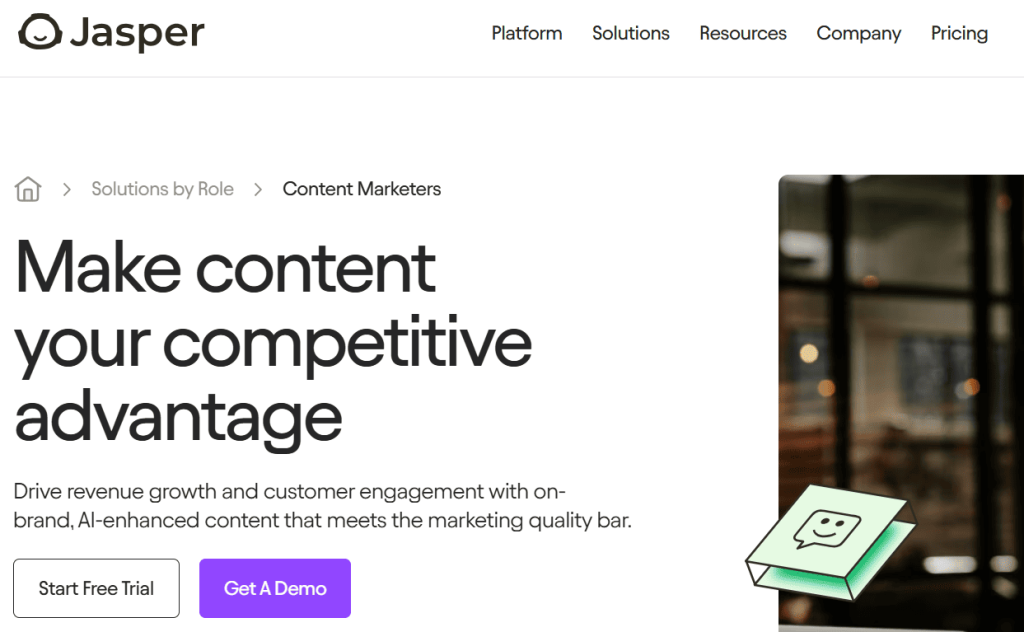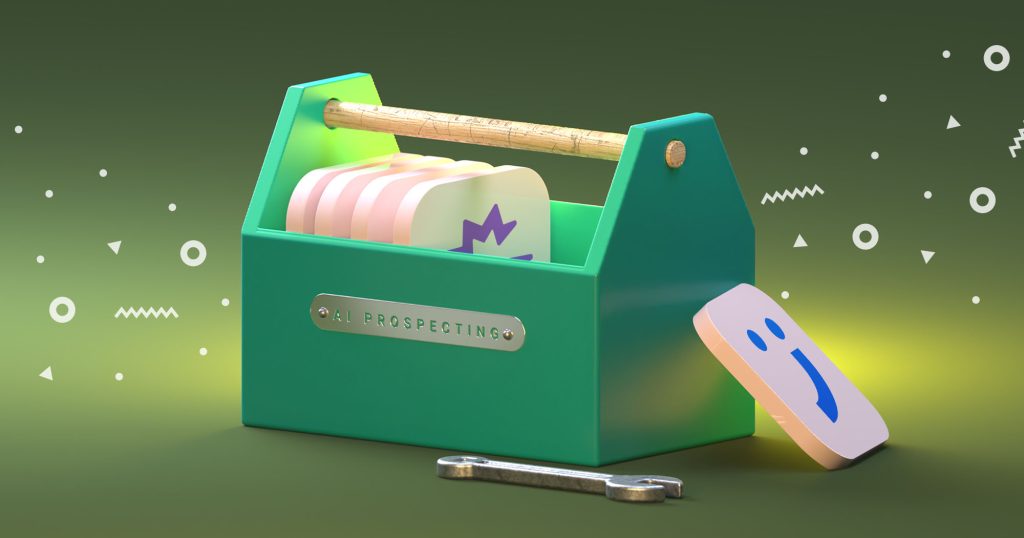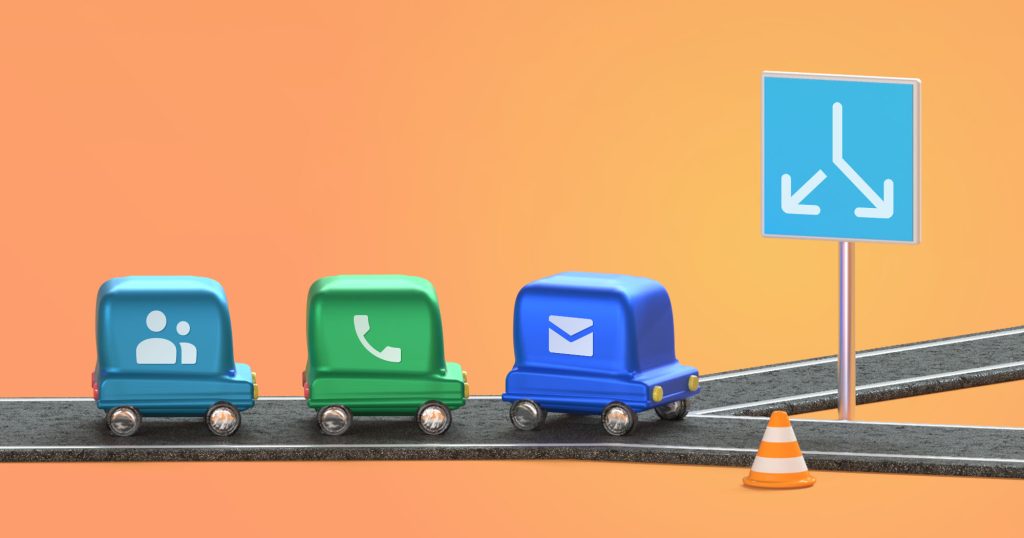John, the SDR lead at a B2B tech company, is struggling with a sluggish lead nurturing process. It’s bogged down by fragmented workflows and time-consuming manual tasks, making it hard to keep momentum and move leads smoothly through the funnel.
As a result, his engagement rates are low, and his team is burning time on tasks that should be automated. Despite multiple efforts to optimize the workflow, most solutions have been surface-level fixes at best.
The pressure’s mounting. He’s got a big meeting in two weeks, and he’s worried his boss won’t be happy because of the dismal performance.
Does this sound familiar? Luckily, you don’t have to be in John’s position, as there’s a fresh approach shaking things up: enter AI lead nurturing.
In this article, we’ll walk you through everything you need to know about using AI in lead nurturing.
What’s changed in lead nurturing?
Over the years, the best sales teams have had a similar trait regarding lead nurturing. That’s being intentional and creating the best content that moves the lead down the sales funnel.
That’s still the goal, but old approaches like sending lengthy emails, self-centered content, and generic messages are slowly becoming outdated. All these rides on trust, which, as Marcus Sheridan puts it, “is the single most important emotion someone has to feel to exchange money for a product or service.”
Here’s what’s changing in lead nurturing:
- Shift to targeted content → The days of setting up a drip campaign and calling it a day are long gone. Now, businesses are focusing on creating content that speaks directly to specific buyer personas and their current stage in the sales journey.
- Multi-channel lead nurturing → With the battle for attention at its peak, one lead nurturing channel rarely works. Using multiple channels, including social media, email, direct outreach, and paid retargeting, gives you an advantage.
- Hyper-personalization→ Personalization isn’t just about using someone’s first name anymore. What makes a difference now is using real-time data and AI tools to deliver content tailored to a prospect’s interests, needs, and behavior.
- AI and Automation→ Brands can now understand customer behavior more deeply through AI and automation. They can also take repetitive tasks off their plate, like follow-ups and segmenting leads.
What can AI do that humans can’t (at scale)?
That’s the question everybody’s been asking, but essentially, it should be, “How can you leverage AI to boost close rates?”
We use “leverage” because AI is a tool, not a replacement for your entire sales team. The debate is out there, but I love how Sujan Patel put it:
The good news? Many brands are already catching on. In fact, Husbpot reports that 64% of sales professionals save one to five hours per week using AI to automate manual tasks. In short, AI is here to support SDRs and help them work smarter.
AI can help you improve the following sales processes:
- Personalization at scale → It might seem counterintuitive. Personalization is, after all, about treating people with their individual needs and preferences. But that’s precisely where AI shines. It can analyze vast amounts of data and deliver tailored experiences to each prospect at scale.
- Automated follow-ups → AI can make follow-ups easier by helping you craft messages quickly. But even that can feel a bit hands-on. Some models take things even further by fully automating follow-up campaigns. From figuring out the best time to reach out to personalizing messages using real-time prospect or company data, they handle it without needing you to step in.
- Content generation → A considerable amount of time is spent creating sales and marketing content like emails, newsletters, blogs, and social media posts. However, with a good prompt and AI content-generation skills, you can use AI to create the content in minutes.
- Predictive analytics → AI also brings predictive analytics into the mix, helping you get ahead of the game. It can spot which leads will likely convert and pinpoint the best times to reach out. With these insights, you can stay ahead, meet customer needs more effectively, and fine-tune your strategies for better results.
- Conversational AI → Brands that respond in less than 5 minutes are 100 times more likely to convert a lead. AI-powered chatbots can help you achieve this. The tools can handle lead interactions 24/7, answer queries, qualify prospects, and guide them through the sales funnel.
